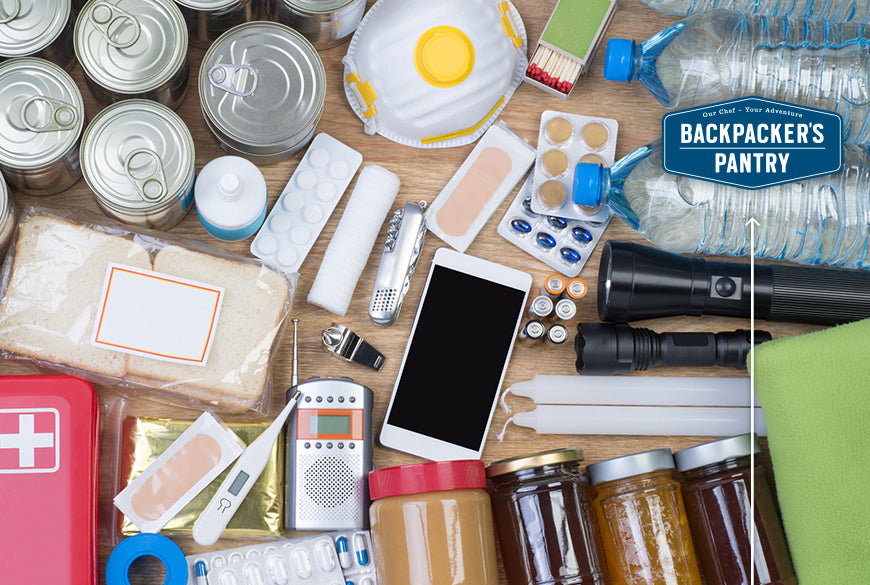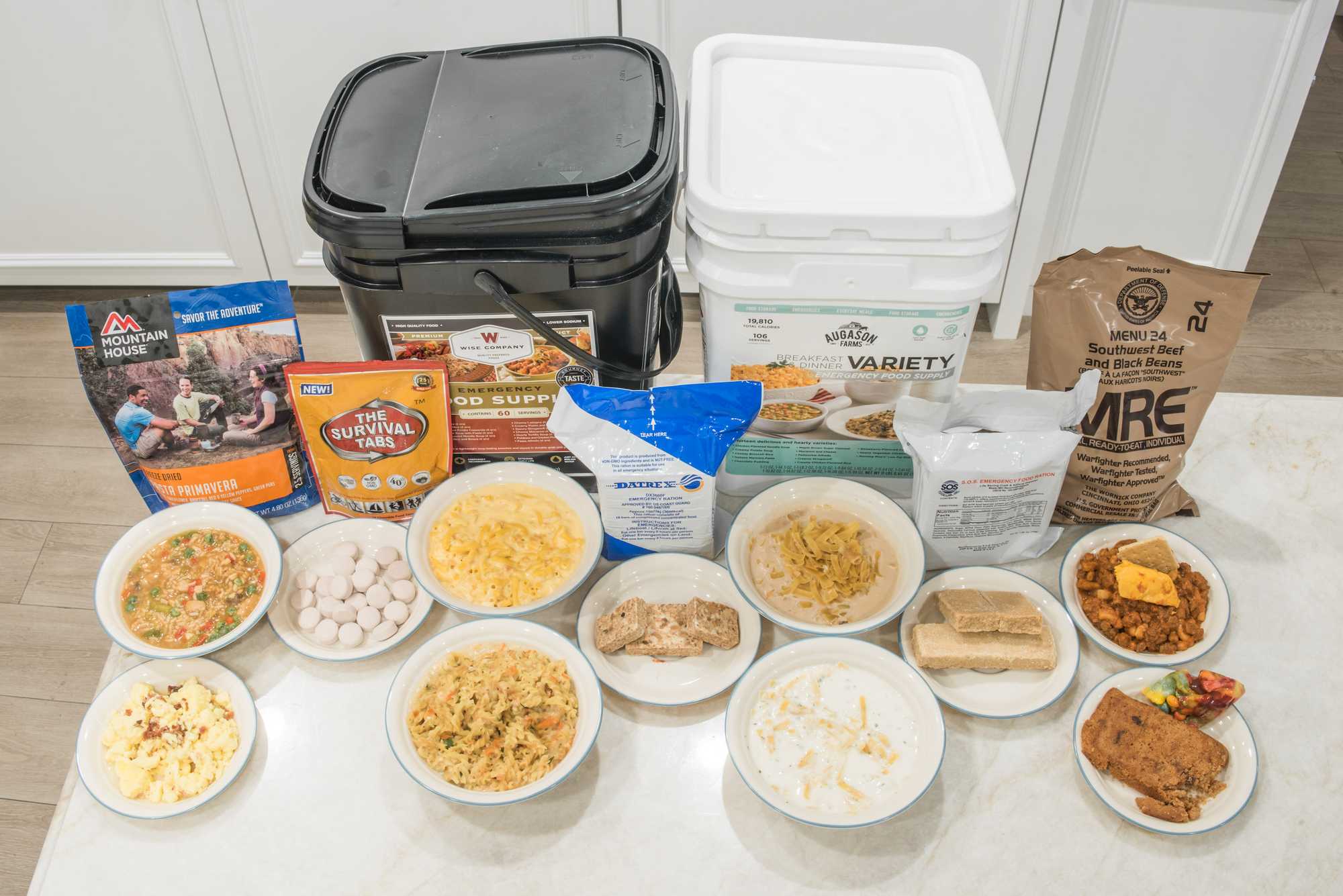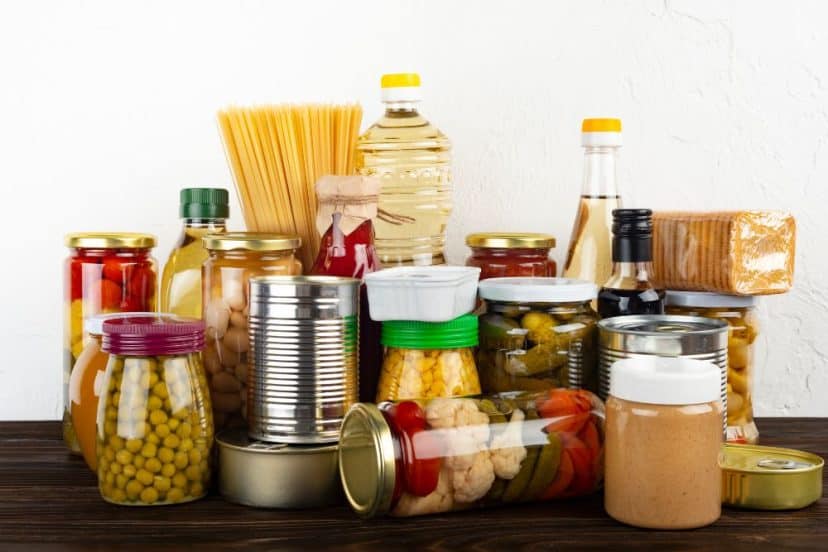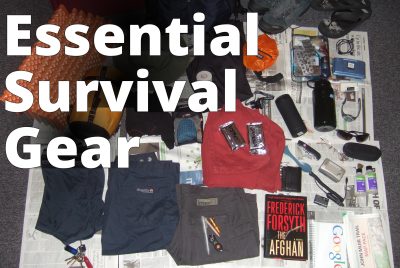Building a Child-friendly Emergency Food Supply: What to Include
Child-friendly emergency food supplies: What to include
You’re about to embark on an incredibly important journey – building a child-friendly emergency food supply.
In a world filled with uncertainties, ensuring that your little ones are prepared and well-nourished in times of crisis is crucial.
This article provides a comprehensive guide filled with pertinent details on what to include within a child-centric emergency food pack.
Striking a balance between nutrition, long shelf-life, and flavor that kids will love.
Ready to be the superhero in your child’s life during unforeseen circumstances? Read on.
Understanding the Importance of Child-Friendly Emergency Food Supply
Child-friendly emergency food supply is an often overlooked, yet crucial topic that requires our attention.
In moments of unexpected disasters and emergencies, a well-thought-out food supply that caters to your children’s specific needs can mean the difference between health complications and maintenance of their physical and mental wellbeing.
Here Are 25 Child-Friendly Emergency Foods
- Granola Bars:
- Easy to store and loved by kids, granola bars provide a quick energy boost.
- Fruit Cups:
- Individual servings of fruit cups offer a tasty and healthy snack.
- Nut Butter Packets:
- Single-serving packets of peanut butter or almond butter for a protein-rich option.
- Trail Mix:
- A mix of nuts, seeds, and dried fruits provides a satisfying and energy-packed snack.
- Whole Grain Crackers:
- Crackers are versatile and can be paired with cheese, nut butter, or eaten on their own.
- Applesauce Pouches:
- Convenient and mess-free, applesauce pouches are a kid-friendly option.
- Cheese Sticks:
- A good source of protein and calcium, cheese sticks are a tasty snack.
- Popcorn:
- Air-popped popcorn is a whole-grain snack that kids enjoy.
- Cereal Bars:
- Similar to granola bars, cereal bars are a kid-friendly breakfast or snack option.
- Dried Fruit:
- Individual packs of dried fruits like raisins, apricots, or mango are easy to store.
- Yogurt Squeeze Tubes:
- Non-perishable yogurt in squeeze tubes is a fun and nutritious treat.
- Instant Oatmeal Packets:
- Flavored instant oatmeal packets are quick and easy to prepare.
- Peanut Butter and Jelly Sandwiches:
- Pre-made PB&J sandwiches are a classic and kid-approved choice.
- Chocolate Milk Boxes:
- Shelf-stable chocolate milk boxes provide a familiar and comforting drink.
- Freeze-Dried Fruits:
- Lightweight and tasty, freeze-dried fruits maintain nutritional value.
- Pudding Cups:
- Individual cups of pudding offer a sweet treat for kids.
- Beef Jerky:
- A protein-rich and portable option, suitable for older children.
- Fruit Leather:
- Naturally sweet fruit leather is a fun and healthy snack.
- Chicken Noodle Soup Cups:
- Single-serving cups of instant chicken noodle soup provide warmth and comfort.
- Rice Cakes:
- Plain or flavored rice cakes are a crunchy and low-calorie option.
- Macaroni and Cheese Cups:
- Easy-to-prepare mac and cheese cups are a kid-friendly comfort food.
- Fruit and Veggie Squeeze Pouches:
- Convenient pouches containing a blend of fruits and vegetables.
- Hard-Boiled Eggs:
- Pre-peeled hard-boiled eggs are a protein-packed snack.
- Shelf-Stable Milk Boxes:
- Individual servings of shelf-stable milk provide a calcium boost.
- Instant Soup Cups:
- Quick and easy instant soup cups in various flavors for a warm meal.
Remember to consider any specific dietary restrictions or allergies your child may have when selecting emergency foods. Additionally, regularly check and rotate these items to ensure they remain within their shelf life.
Recognizing the distinct nutritional needs of children
Children have unique nutritional needs in comparison to adults. As they are in a critical period of growth and development, their bodies require more of certain vitamins, minerals, and macronutrients.
Knowing and understanding these differences can greatly aid in preparing a comprehensive emergency food supply that will adequately meet these needs.
The role of emergency food supply during disasters and emergencies
During disasters such as floods, earthquakes, fires, or severe storms, normal food supply chains can get disrupted, leading to food shortages.
Having an emergency food supply ensures that despite the turmoil, you and your family will still be able to eat nutritious, safe food averting the risk of starvation and malnourishment.
The lasting impact of adequate nutrition in stressful circumstances
In times of stress, like during and after a disaster, having a healthy, nutritious diet becomes even more crucial.
Adequate nutrition not only boosts the immune system, helping your child ward off potential illnesses, but also aids in the body’s overall stress response, ensuring resilience.
Identifying the Nutritional Needs of Children
To craft an effective emergency food supply, recognizing the key nutritional needs of children is important.
Macronutrients: Carbohydrates, Proteins and Fats
Children require a balanced mixture of macronutrients for their growth and energy. Carbohydrates provide quick energy, proteins aid in cellular repair and growth, and fats contribute to brain and hormone development.
These nutrient groups should all be well-represented in their emergency food supply.
Micronutrients: Vitamins and Minerals
Micronutrients, like iron, calcium, vitamins A, C, and D, are vital for various bodily processes from blood production to bone health.
Including food items rich in these nutrients can ensure your child’s continued health even in emergency situations.
The essential hydration need
Just as crucial as food, proper hydration is a must. Children tend to dehydrate faster than adults, thus potable water and hydration solutions need to be given a prominent place in your emergency food supply kit.
Understanding Caloric Needs of different age groups
Knowing the caloric needs of your child based on their age, gender, and physical activity level can assist in creating a food supply that provides adequate energy.
This prevents undernutrition or feeding in excess during prolonged emergency periods.

This image is property of backpackerspantry.com.
Choosing the Right Types of Food
Selection of food items involves an assessment of their nutritional value, preparation convenience, and palatability for children.
Evaluating non-perishable food options
Non-perishable foods like canned goods, dry pasta, dehydrated fruit, and powdered milk are ideal for storage.
They are nutritious and have long shelf lives, making them ideal for an emergency stash.
Importance of easy-to-prepare foods
In emergencies, cooking facilities may be limited. Foods that are ready-to-eat or require minimal preparation provide convenience and save valuable time.
Balancing taste and nutrition
Children can be particular about taste, hence, include food items that they enjoy to promote their willingness to eat, while also ensuring they deliver important nutrients.
Packaging and Storing Food Safely
Once you’ve identified the food items to include in your kit, the next step is to package and store them appropriately.
Understanding suitable packaging materials
Packaging should ideally be waterproof and rodent-proof to protect food and water from contamination.
Vacuum-sealed pouches, hard plastic containers, or metal cans are good options.
The importance of proper sealing
Correctly sealed food packages prevent the growth of bacteria and help maintain the product’s shelf life.
Ensure the material used is robust and can withstand potential environmental changes during emergencies.
Choosing the right storage locations
Store supplies in clean, cool, and dry locations, away from chemicals or strong odors. Darker locations can protect foods from deterioration due to light exposure.
Knowing the signs of spoilage and contamination
Henry thinks you should regularly inspect your food supply for signs of spoilage such as changes in color, texture, or smell.
Avoid using canned goods that are leaking, have bulges or dents, or open with a ‘pop’ as these can indicate bacterial contamination.

This image is property of thrivingthroughitall.com.
Adding Variety to your Child-Friendly Food Supply
Variety not only prevents food fatigue but also ensures your child gets an array of nutrients.
Incorporating different sources of key nutrients
By including various sources of carbohydrates, proteins, and fats in your food supply, you can ensure a balanced diet. This also applies to your sources of vitamins and minerals.
Using fortified foods and snacks
Fortified foods have added vitamins and minerals and can complement other food items on your list. Snack foods, carefully selected for nutritional value, can also provide an additional source of sustenance.
Including comfort foods for emotional wellbeing
Disasters are incredibly stressful, especially for kids. Including a few of their favorite comfort foods can help ease their anxiety and offer a sense of normalcy.
Including Hydration Essentials
Availability of safe drinking water may be compromised in emergencies.
Inclusion of potable water
Ensure to include enough bottled water in your supply to meet the hydration needs of each child. Store extra for food preparation and sanitation needs.
Addition of hydration salts and electrolyte solutions
These can help prevent dehydration, especially during illnesses that cause vomiting or diarrhea. They can also replenish electrolytes lost during high-stress situations.
Choosing safe water storage methods
Water should ideally be stored in sturdy, food-grade containers, away from toxic materials and direct sunlight.

This image is property of images.everydayhealth.com.
Ensuring Food Supplies cater to Special Dietary Needs
Not all children have the same dietary needs.
Addressing food allergies and intolerances
If your child has an allergy or intolerance, include food items that are safe for their consumption. Check nutrition labels for potential allergens.
Providing for children with medical conditions
Children with special dietary requirements due to medical conditions, like diabetes or celiac disease, will need a tailored emergency food supply that meets their specific needs.
Incorporating vegetarian or vegan options
If your child follows a vegetarian or vegan diet, include plant-based protein sources, and consider possible micronutrient deficiencies, such as Vitamin B12 and iron, during your food supply planning.
Factoring in Cooking and Preparation Needs
The way you prepare food in emergencies could differ from your usual processes.
Considering energy source for cooking
Gas stoves might be unusable, so consider alternatives such as camping stoves or fuel tablets. Include matches or lighters for heat sources.
Ensuring accessibility and ease of preparation
Opt for foods that can be easily opened and prepared with minimal equipment. For canned foods, consider those with pull-ring tops, or include a can opener in your kit.
Including necessary cooking implements or utensils
Consider including basic utensils, a pan or pot, a sharp knife, and a cutting surface in your emergency kit. Keep sanitation in mind when packing these items.

This image is property of www.survivalworld.com.
Regular Inspection and Rotation of Food Supplies
To ensure your emergency food supply remains fresh and safe to consume, regular checks and updates are necessary.
Understanding shelf life of foods
Familiarize yourself with the shelf life of the items in your stash. Most canned goods can last for 1-2 years, and dried foods might last even longer.
Make sure to check all ‘use by’ and ‘best before’ dates.
Setting a schedule for checking and renewing supplies
Set a regular schedule for inspecting your supply, and replace any items close to their expiry dates. A good practice could be to eat and replace these items, so no food goes to waste.
Safe disposal of expired or spoilt foods
Dispose of spoilt or expired food safely to avoid contamination of other supplies. Carefully examine packages for signs of deterioration or damage before use.
Educating Children on Emergency Food Supply
The more involved children are in the emergency preparation process, the better they will understand and use the food supply when necessary.
Making children aware of their nutrition needs
Teach your children about the importance of a balanced diet and their special nutritional needs, so they have an understanding of why the emergency food supply is stocked as it is.
Involving children in the preparation and storage process
Let children help in assembling, preparing, and storing the food supply. This not only teaches responsibility but makes them familiar with the food items in case they need to access them independently.
Teaching children safe and proper food handling during emergencies
Educate them on identifying food spoilage signs, proper hand hygiene before food preparation or consumption, and correct opening and reheating of stored foods to ensure safety during emergency conditions.
Your preparation will go a long way in maintaining your child’s health and wellbeing in an emergency situation.

This image is property of www.yourbestdigs.com.




